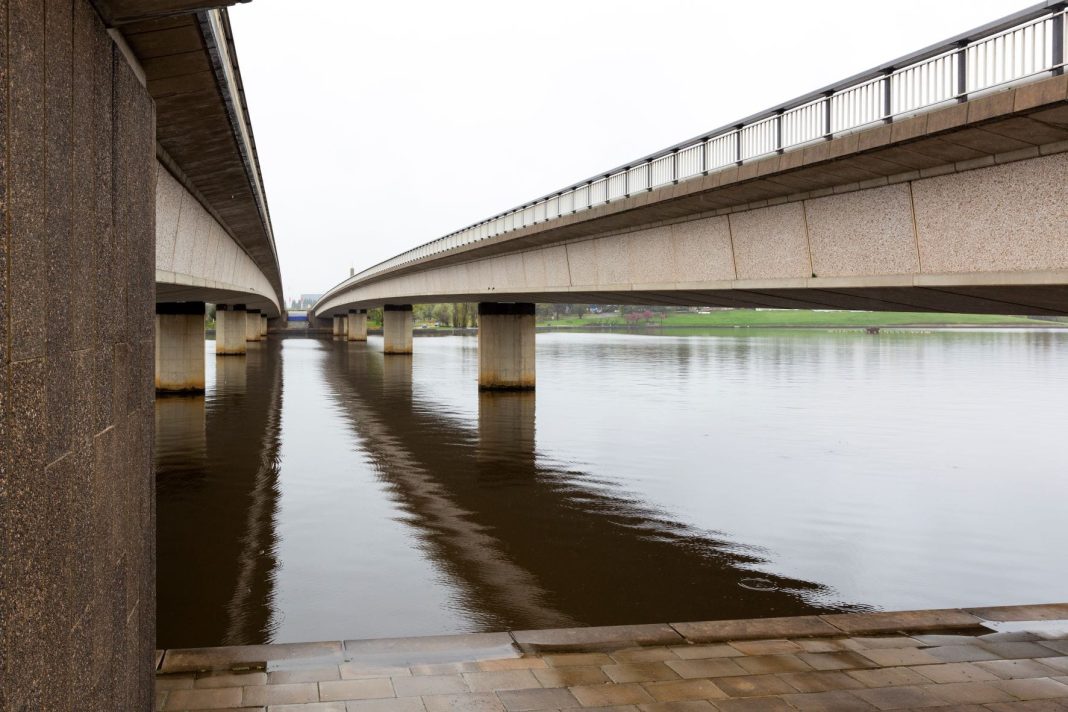Connecting Canberra City and the Parliamentary Triangle, the Commonwealth Avenue Bridge is creeping up to its 60th birthday and, like many ageing things, is in need of some tender love and care.
“This seems to be the age when we all need a bit of botox,” smiles Sally Barnes, National Capital Authority (NCA) Chief Executive.
The NCA recently announced the iconic Canberra bridge needs revamping to maintain safety and bring it up to date with Australian standards. With design consultancy firm SMEC announced as the successful tender for the renewal project, locals might recognise the name for their work on the Snowy Mountains Hydro Scheme 2.0 pumped storage project. SMEC also delivers services internationally, working to improve infrastructure in countries like Vietnam and Bangladesh.
A lot has changed since the Commonwealth Avenue Bridge was constructed in 1963. Not only has the population of the capital grown, increasing traffic across the bridge, but the average size of Australians’ cars has increased as well. Back in the 1960s, Minis and Beetles were popular and weighed around 690-840kg, while today’s vehicles of choice like the Ford Ranger weighs 3,200kg and the Tesla Model Y electric car weighs 2,000kg.
“If we look at the popular vehicles of today, those weights are touching on trucks,” says Greg Tallentire, Project Director at NCA.
In addition, the bridge now experiences more active travel crossing it, such as scooters, bikes, pedestrians and joggers. These factors have been placing extra stresses on the structure and amplifying the rate at which it is being worn down.
“We need to future-proof this to make sure we keep up to speed with current technology. It is narrow and just doesn’t support what is required anymore,” Mr Tallentire says.
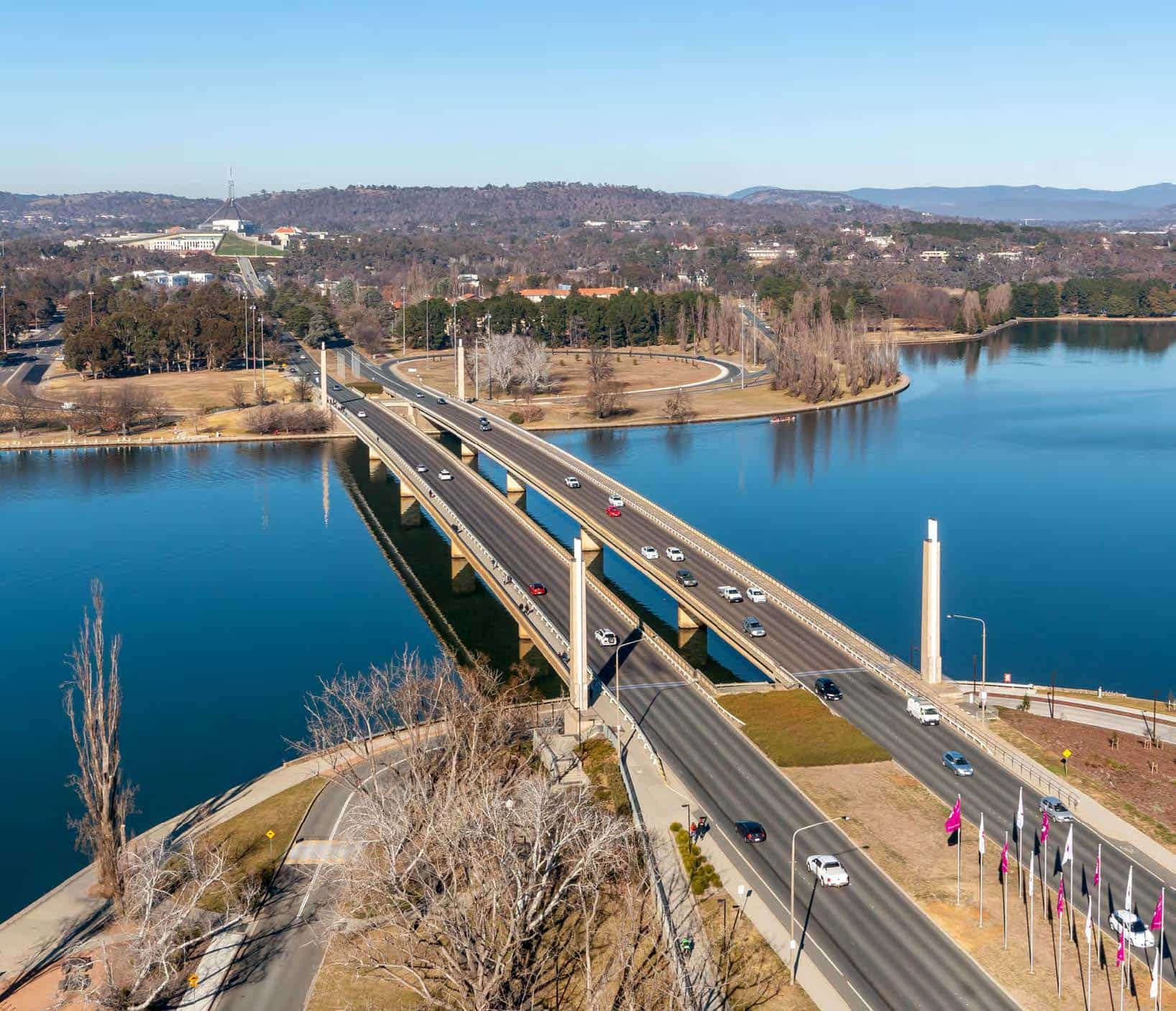
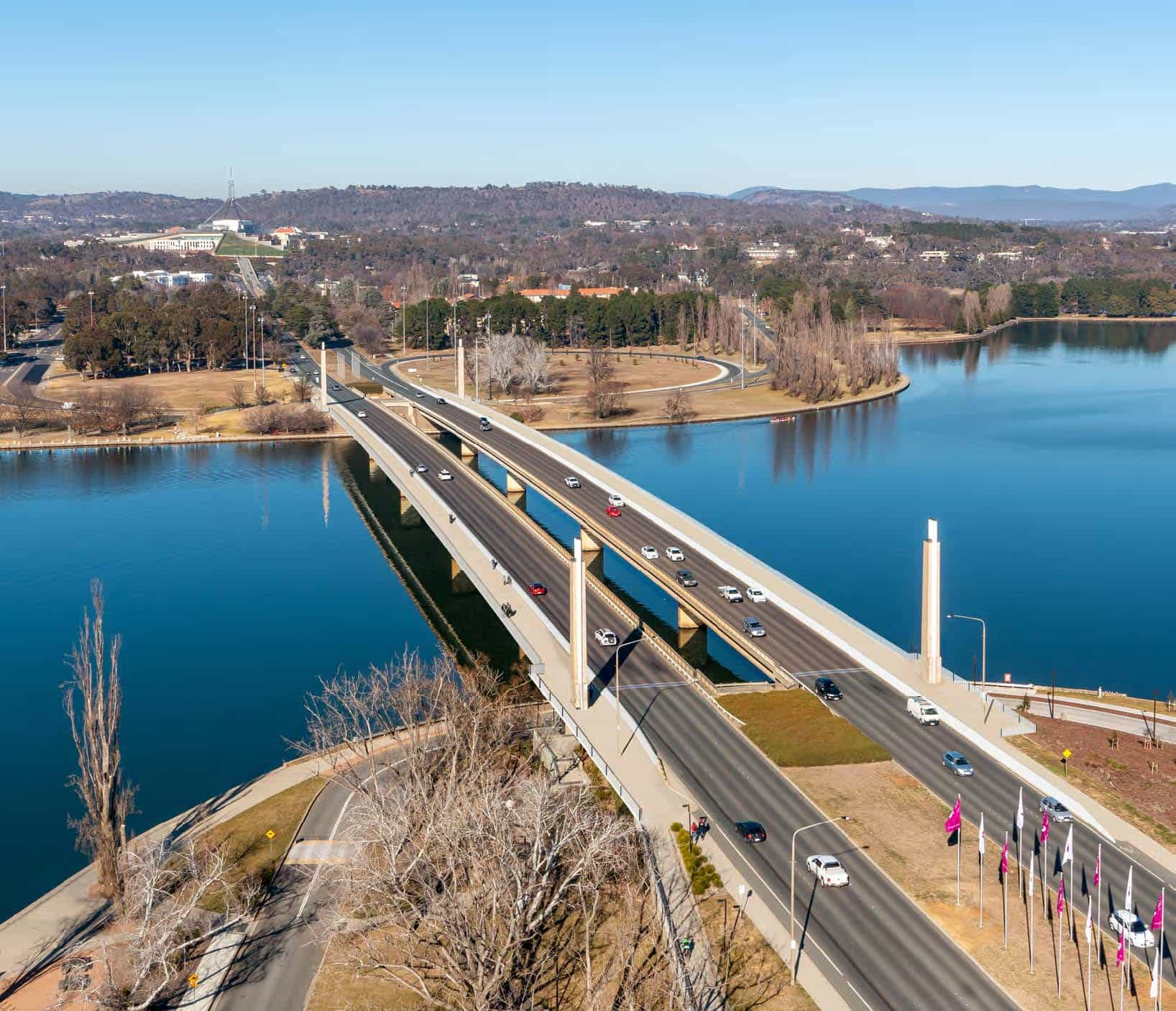
The strengthening work will require concrete and cabling to reinforce the structure. The NCA plans to increase the width of the footpath and the roads so that all bridge users have adequate space while crossing Lake Burley Griffin. Safety will be enhanced with new barriers, handrails, and additional lighting. Footpath accessibility will also be improved with access to the foreshore being redesigned.
The space between the two parallel spans will remain empty to allow for the future construction of the light rail.
The project has a budget of $137.5 million. The NCA anticipates the design process will occur over the next 10 months, with construction beginning in late 2023 and taking 12-18 months. The NCA plans to keep the passageway usable throughout the renovations both on the bridge and the waterway below. Mr Tallentire says exclusion zones will be put in place at different phases.
Most of the strengthening work will take place under the bridge so it won’t be obvious, however, the widening aspect will change its appearance. Aware this will upset some Canberrans who love the way the bridge looks now, the NCA will host public stakeholder sessions and invite local residents to contribute submissions to the works committee.
“It’s obviously a really iconic bridge for Canberra and really part of the look. So, it is important that is maintained that the heritage is taken account of as we take it into the future,” says Alicia Payne, Federal Member for Canberra.
The bridge is the fourth reiteration to be placed over what was then the Molonglo River. With no standardised requirements in place at the time of its build it was designed to meet British standards. However, once the UK designers came over to start the build, they realised Australia was far more humid than the UK and alterations had to be made.
Many other bridges in this situation would simply be knocked down and restarted from scratch. However, Commonwealth Avenue Bridge was built with a solid foundation, due to it having been built on mostly dry ground, prior to Lake Burley Griffin filling with water.
Since its original build, the bridge has only required slight upgrades like those done to the rail of the inside edge. When it was first constructed, the inside road edges had only a small lip as the authorities believed no car would be able to mount it. As cars increased in size, it was obvious four-wheel-drives could easily go over the top and a rail was added.
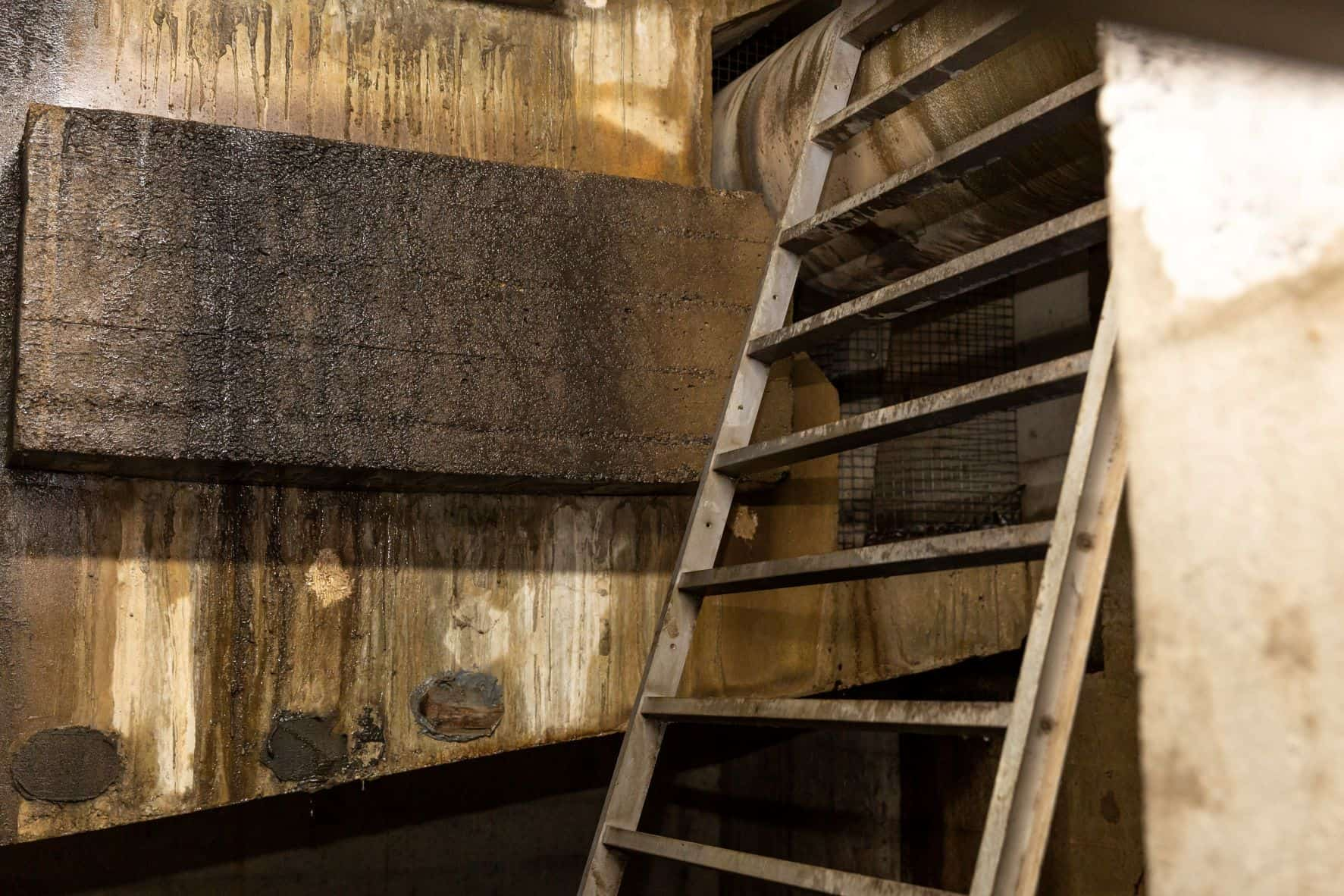
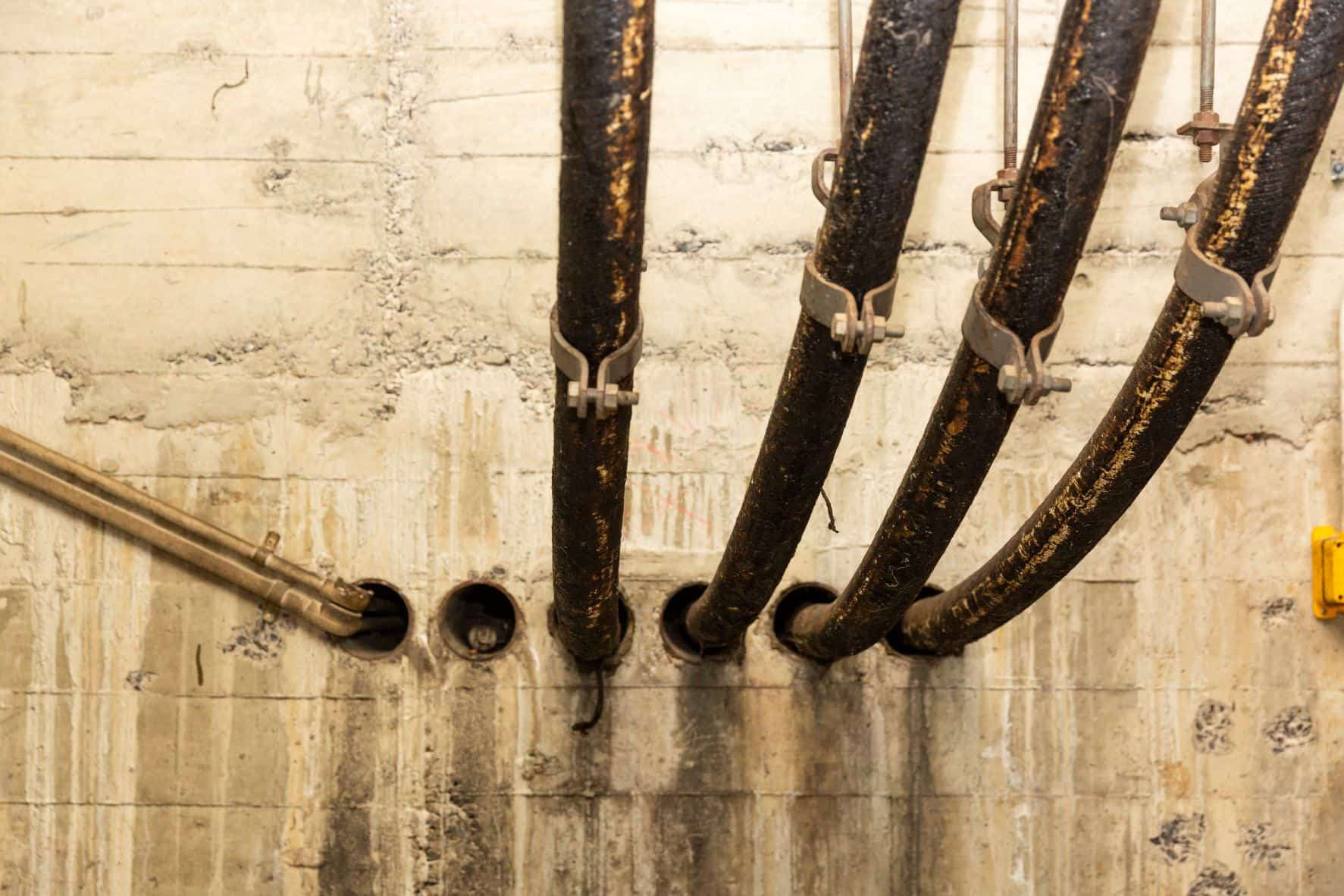
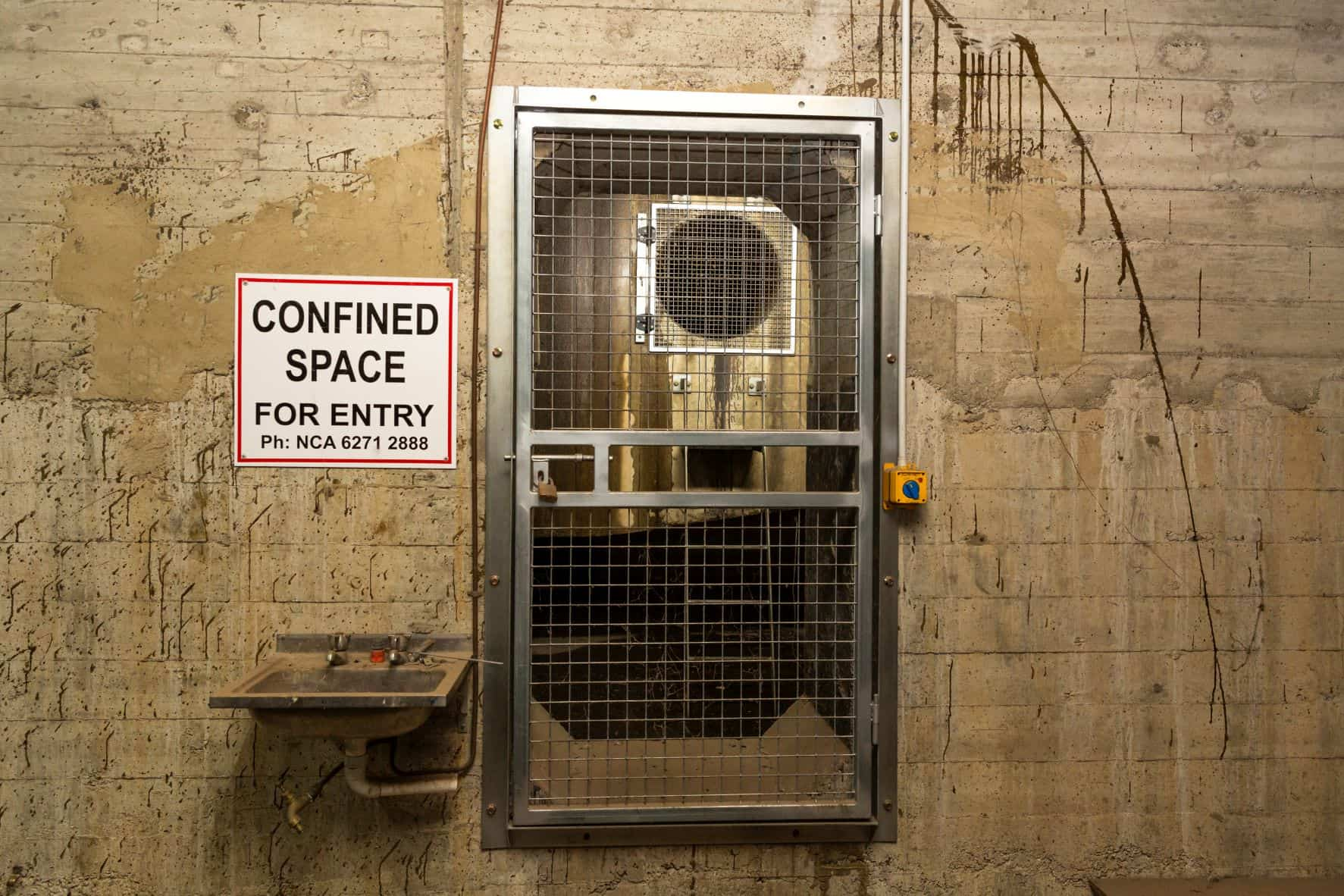
Inside the Bridge
Usually reserved for NCA staff and the occasional daring bird, CW was given a tour inside one of the abutments of Commonwealth Avenue Bridge.
An Abutment provides structural support for infrastructures like bridges and dams, soaking up pressure and ensuring the structure remains stable as movement passes overhead.
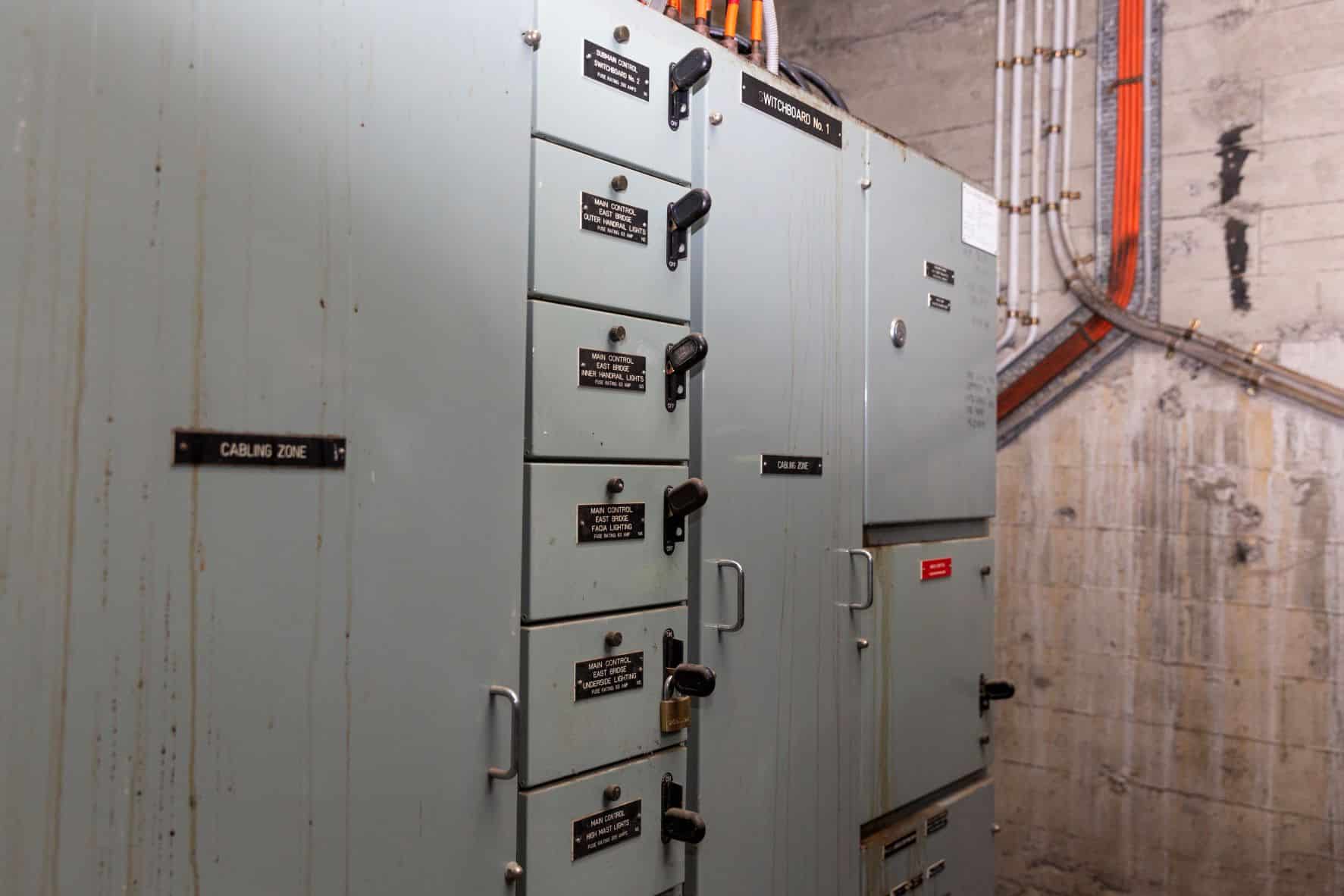
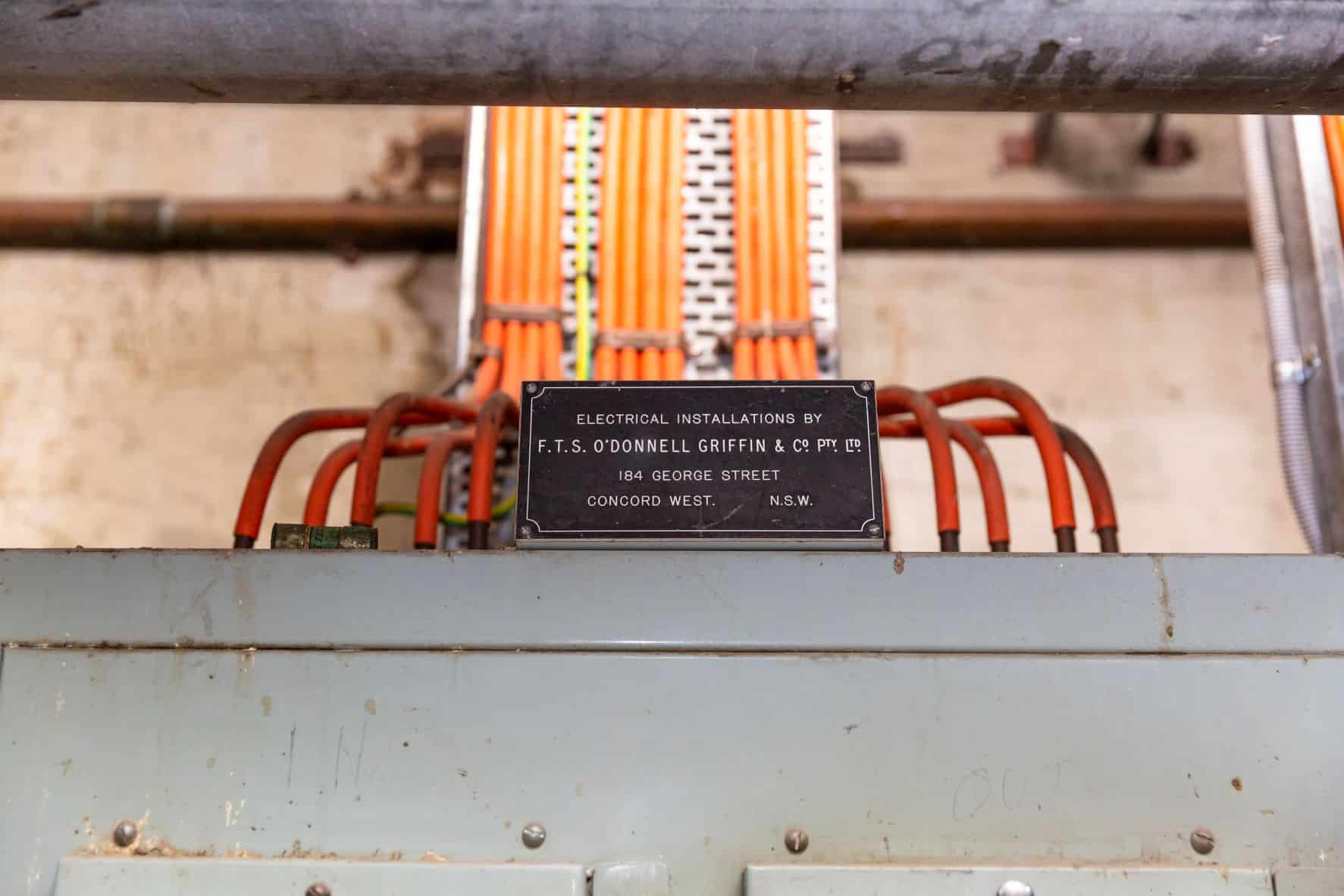
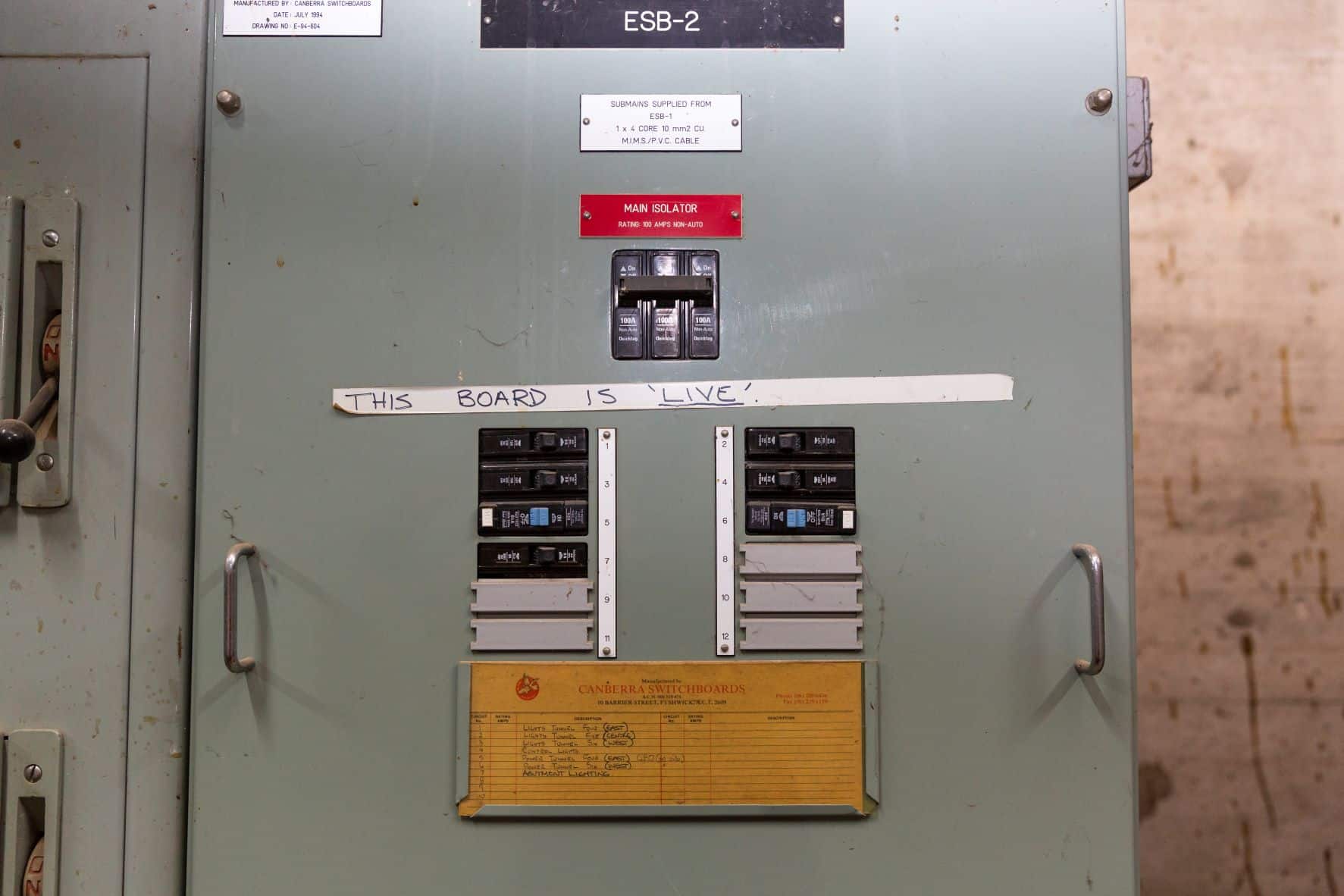
They also act as storehouses for water, sewerage, and telecommunication pathways. This one still holds its original power box, and although much clunkier than what is required today it is still fully functional.
“It gives you an idea of the age and how simple the structure is. It’s a bit mystical, “Tallentire says
One of the tasks they find challenging is keeping out pests which adds to the expense of maintenance, Tallentire says birds manage to find their way in through small vent holes. This is also set to be addressed during the renovation process.
“On a rainy wet day, it is a good dry spot for them,” Tallentire smiles.
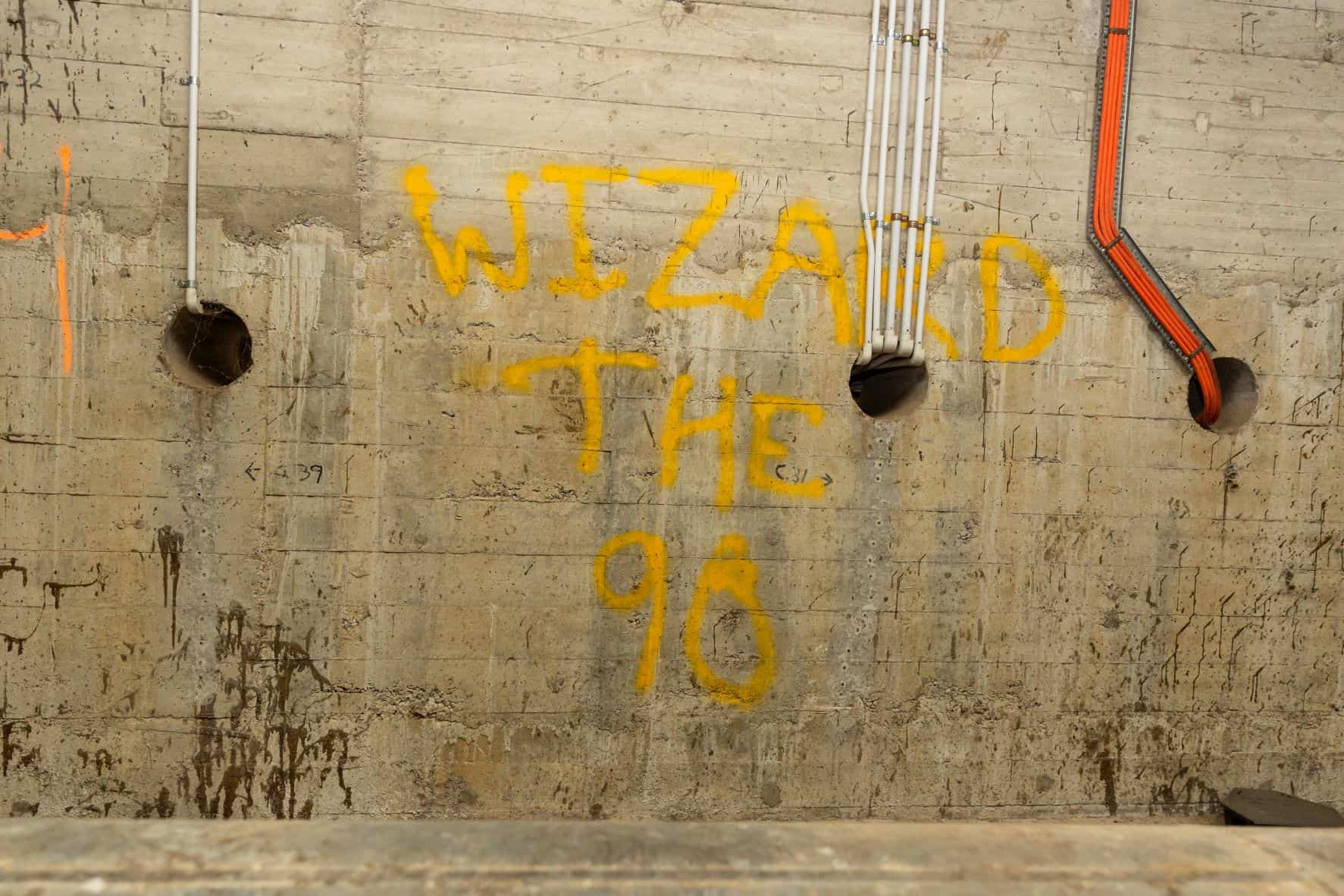
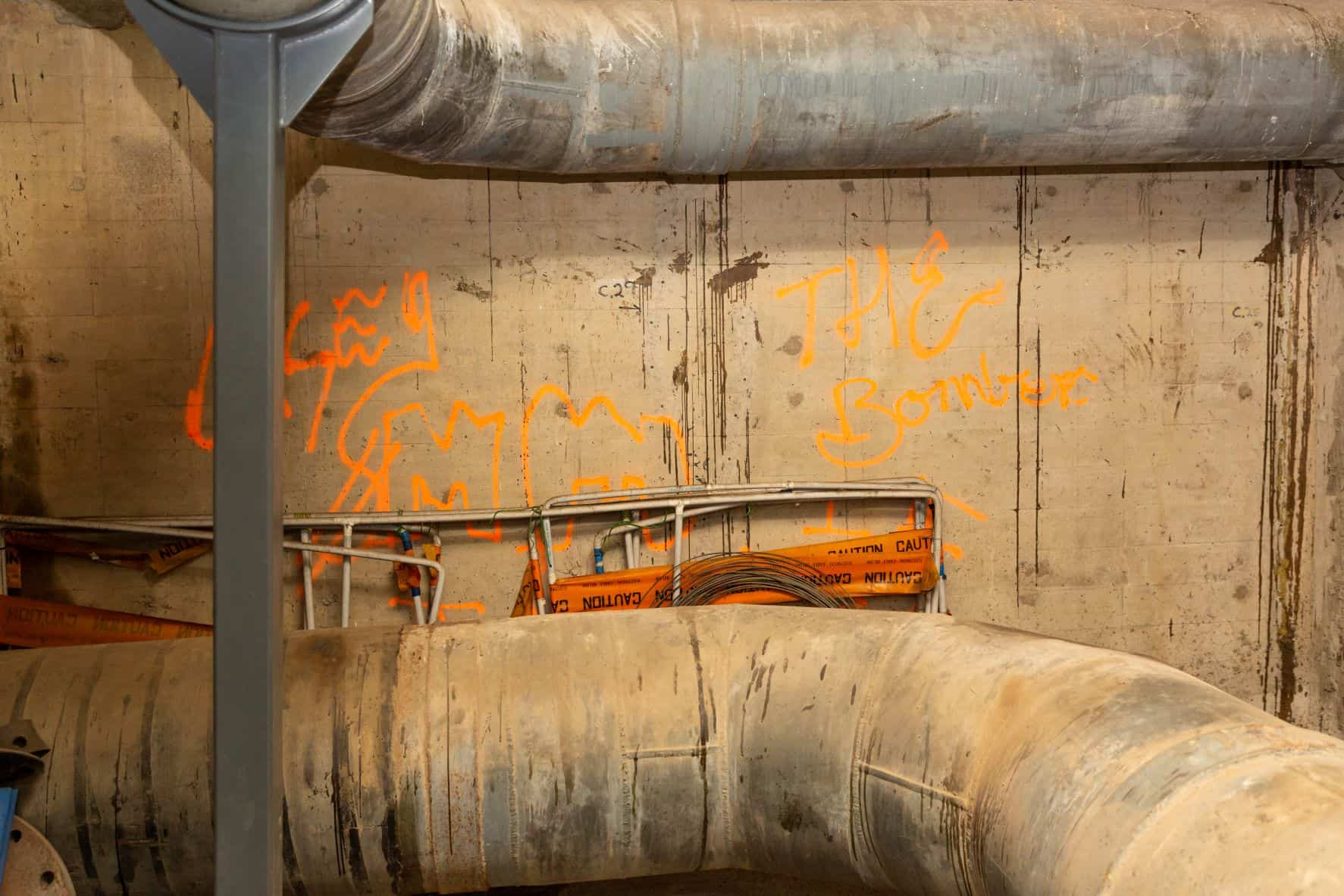
Canberra Daily is keen to hear from you about a story idea in the Canberra and surrounding region. Click here to submit a news tip.

